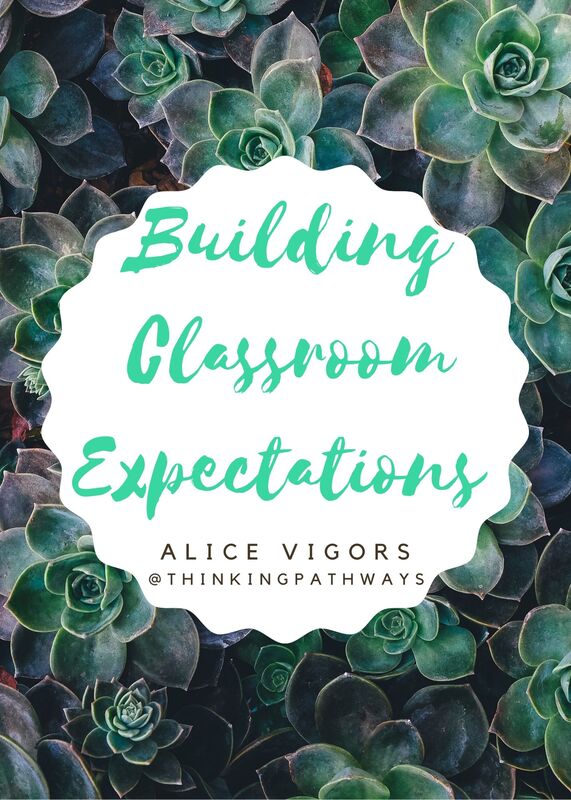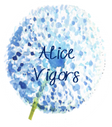|
WRITTEN BY ALICE VIGORS
a safe space to begin building a strong classroom culture together. One of the experiences we engage in is a Chalk Talk thinking routine. Through this routine we explore our expectations around the learning environment and the way we interact within in it. On separate sheets of paper I pose the following questions:
After students have recorded their thinking on each prompt, they gather in small groups to re-examine one of the prompts. When re-examining they look for key ideas that are represented multiple times, they look for ideas that connect in a meaningful way to other ideas building a stronger idea about our expectations. As a class, we come together to share what we discovered about the key ideas and explain why we think they are important for our learning environment this year. This list of key ideas the students have revised and developed form the basis for our classroom expectations and learning behaviours that we agree are important for our class to be successful this year, including myself as the teacher. These key ideas a displayed within the classroom and are routinely revisited and revised based on our current needs as a class. For example, we look at what is working well for us as a group, what areas we are not yet achieving and need further developing and what goals will help us to get there. At the beginning of every term we spend time looking back over our key ideas looking for ways we can make adjustments and improvements to our expectations, continually striving to do better and be better as a group. As the teacher this is the most important learning experience we undertake. Why? It is important because it signals to students that this space we share together is not just my space but is theirs too. It is a space that values their ideas, their opinions, their input, their understanding and their respect. It is also an experience that allows me to find out what they are passionate about, what makes them tick, how they interact with and share ideas with others, and what they hope to achieve in this learning environment and how they think I can help them get there.
6 Comments
Helen Wilson
26/1/2020 02:52:43 pm
Thank you for an inspiring and clarifying and timely article. I love your application of the ChalkTalk. Thank you.
Reply
Kate Hofstee
11/1/2021 07:54:42 pm
Thanks for the great post! I'm looking forward to helping my class set expectations using this Chalk Talk routine.
Reply
Alice Vigors
12/1/2021 06:07:31 pm
Thanks for the feedback Kate. I'm glad you found it valuable and I look forward to hearing how your students respond to this experience. Take care.
Reply
Mita
12/1/2021 04:57:26 pm
I really liked the way you have described that how it’s not only my place but it’s theirs too! That clarifies any doubts about why the classroom expectations are vital for students and for us.
Reply
Kirsty Kobus
30/1/2022 09:29:10 pm
I was inspired by your ChalkTalk article a couple of years ago and have used it in my classroom ever since for building our classroom expectations. It is such an engaging way for students to collaborate, make connections and build ideas.
Reply
Leave a Reply. |
AuthorHi, I am Alice. I am a primary teacher and leader in New South Wales, Australia. I have been teaching for the past 14 years in both the Public and Catholic school systems. I am passionate about supporting and mentoring colleagues to think deeply about their efforts to cultivate thinking and learning opportunities for students. Read more Archives
August 2023
Categories
All
|
This website contains NSW syllabus content prepared by the NSW Education Standards Authority for and on behalf of the State of New South Wales which is protected by Crown copyright. https://www.educationstandards.nsw.edu.au/wps/portal/nesa/home
This work is licensed under a Creative Commons Attribution-NonCommercial-ShareAlike 4.0 International License.



 RSS Feed
RSS Feed
